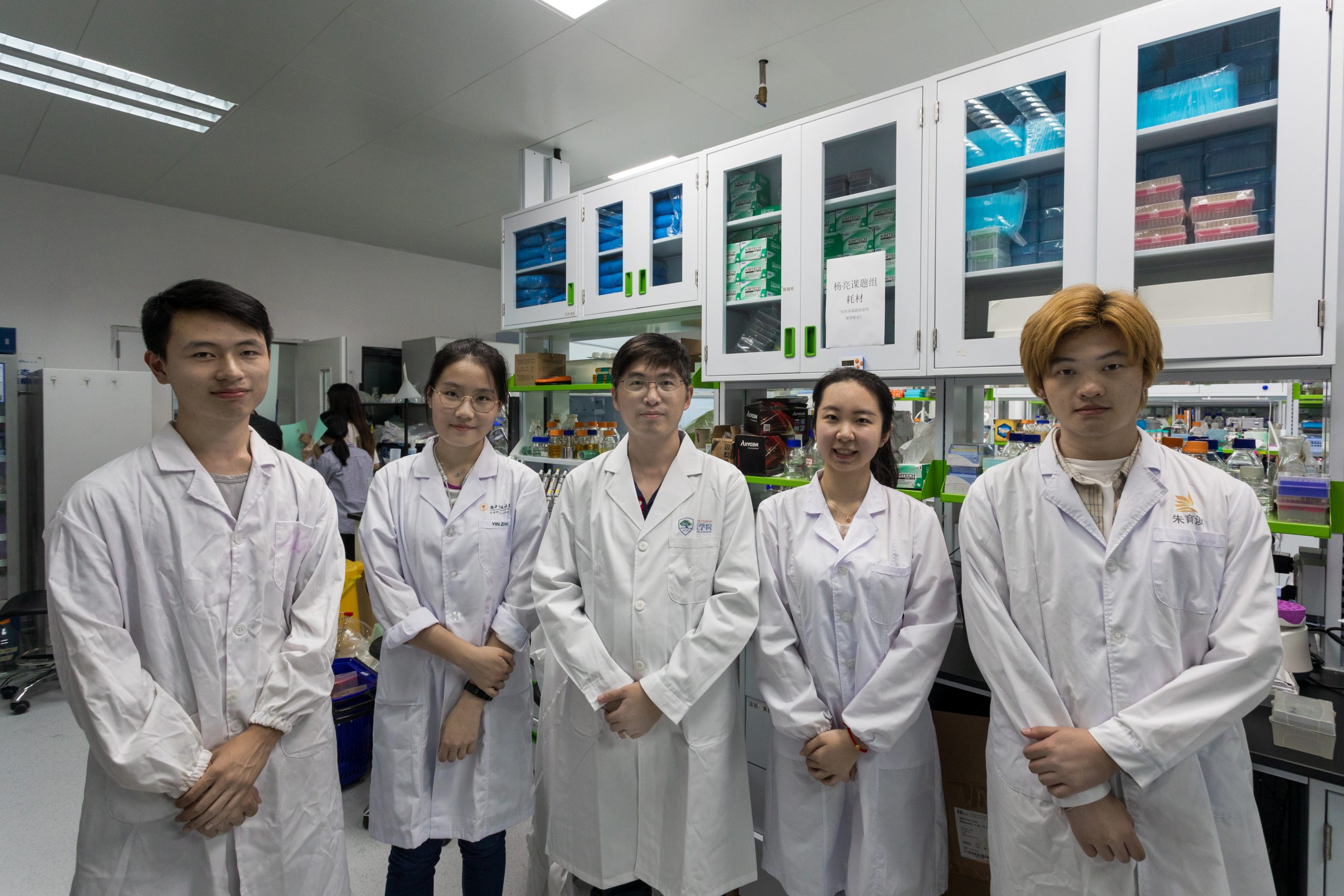Scientific research aims to make a meaningful impact on human society. It’s necessary to understand the industrial demand and tackle problems in the real world. Integrated Human Practices helps us avoid isolated works. We continuously consult different people from academia and industry in every important step of our project.
Integrated Human Practices
how we learn from experts~
Overview
Methodology
Integrated Human Practices consist of three important steps:
- Idea formulation
- Project design and optimization
- Further extension and application
Here is our timeline of Integrated Human Practices
The main approach we used is the interview. During the conversation, we focus on three main questions:
- Is our idea of this project reasonable and does it have practical significance?
- What can we do for improvement?
- How can we develop a plan for an extension?
In the following contents, “Drug” indicates the small-molecule inhibitor against some specific bacteriophage we got via virtual screening.
References
- Stanley, S. Y., et al. Anti-CRISPR-Associated Proteins Are Crucial Repressors of Anti-CRISPR Transcription. Cell 178, 1452-1464.e1413, doi:https://doi.org/10.1016/j.cell.2019.07.046 (2019).
- Kämpfer, P. et al. Characterization of bacterial communities from activated sludge: Culture-dependent numerical identification versus in situ identification using group- and genus-specific rRNA-targeted oligonucleotide probes. Microbial Ecology 32, 101-121, doi:10.1007/BF00185883 (1996).










